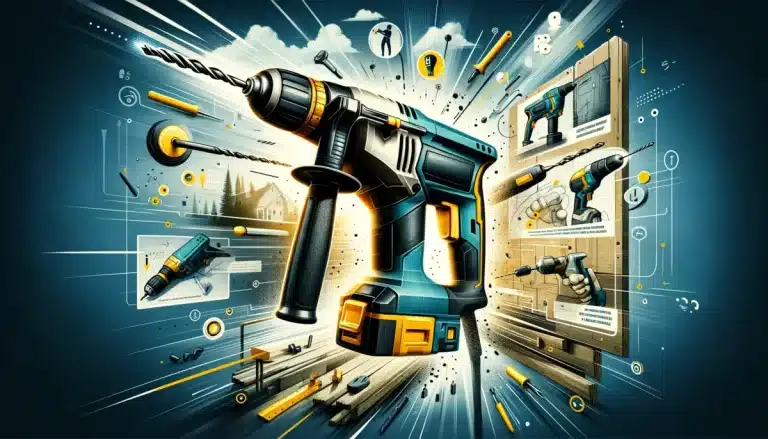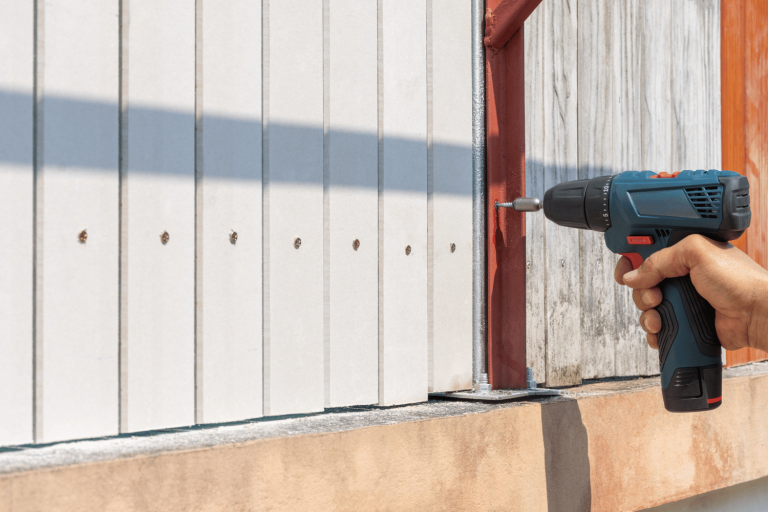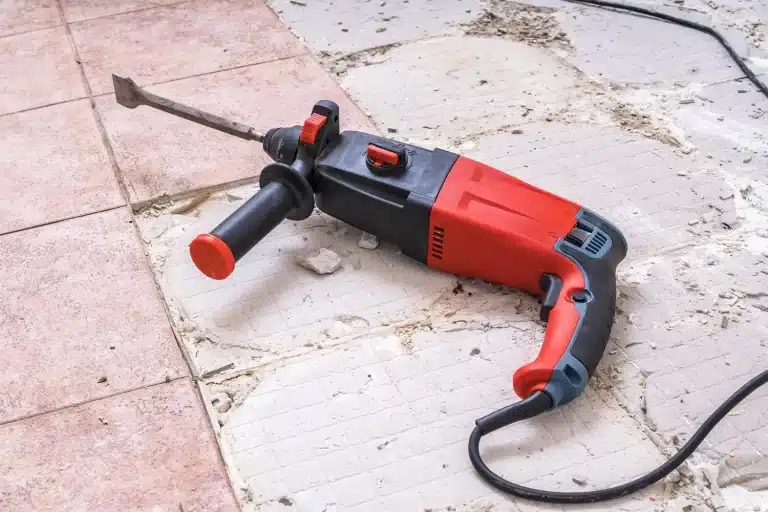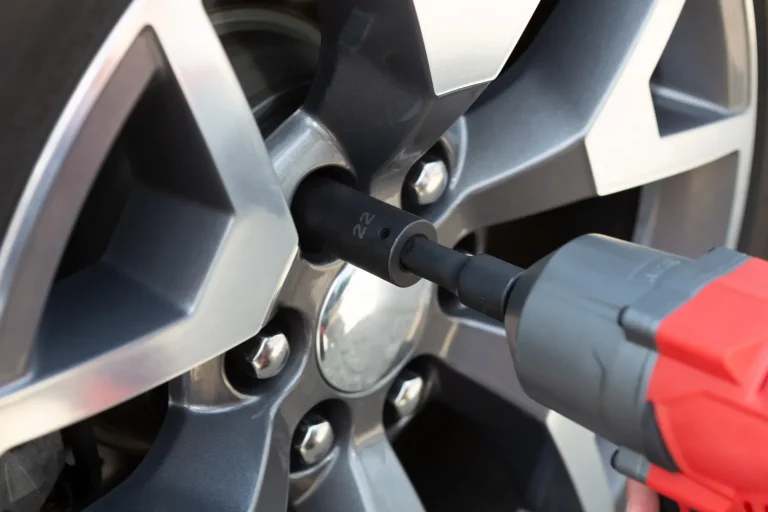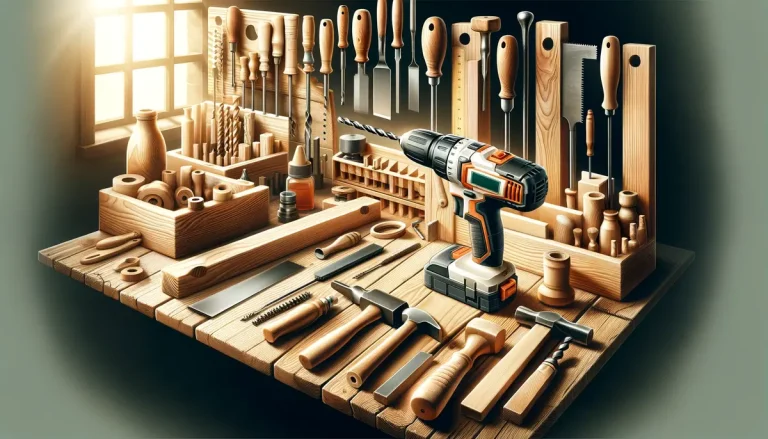Hammer Drill Accessories: What You Need for Every Project
Thinking your hammer drill can easily penetrate concrete without the right add-ons? Think again. Without these hammer drill accessories, you’re not getting the most out of it.
For your next project, think about the tools that will make your hammer drill indispensable. Pick the right drill bits for precise cutting through different materials. A reliable chuck key is essential for keeping your drill bit in place, and a depth stop helps you drill consistently and in control.
An extra handle can give you better grip and stability, and a dust extraction system keeps your workspace clean and lets you see your work better.
Each accessory is important, and knowing why can make all the difference in your work. So, get the right tools and turn your hammer drill into a powerhouse for all your tough drilling jobs.
Drill Bits Selection
Selecting the appropriate drill bits for your hammer drill is essential to ensure your drilling jobs are done well and with precision. The type of material you’re drilling into, whether it’s concrete, wood, or metal, determines the kind of bit you need. For instance, if you’re working with concrete, you’ll need carbide-tipped bits because they’re strong enough to handle the hardness of the material. For softer materials like wood, high-speed steel bits are sufficient.
It’s also important to consider the shank of the bit, which is the part that fits into your drill. SDS shank bits are particularly good for tough jobs because they fit securely into the drill and improve the transfer of power from the drill to the bit.
Make sure to choose a bit with the right diameter and length for your project. This ensures that you can drill holes of the correct size and depth. The fluting on the bit is another crucial feature as it helps to remove debris from the hole, which keeps the bit cool and makes the drilling process more efficient.
For example, if you’re planning to hang heavy shelves on a concrete wall, you’d want to use a carbide-tipped SDS shank bit that’s long enough to create deep enough holes for your wall anchors.
Importance of Chuck Key
A chuck key is essential for tightening the bit in your hammer drill properly. This makes sure it’s safe to use and drills accurately. If you don’t use a chuck key, the drill bit might move around or fall out, which can be very risky.
A steady bit is crucial when you’re using a strong tool like a hammer drill to avoid any accidents. For example, if you’re drilling into concrete and your bit isn’t secure, it could lead to the drill bouncing around, which not only ruins your work but could also cause injury.
Always use a chuck key to tighten the bit before starting your project. It’s a simple step that makes a big difference in safety and effectiveness.
Utilizing a Depth Stop
To drill holes accurately and protect your work surface, it’s smart to use a depth stop with your hammer drill. This handy tool lets you set how deep you want to drill, making sure every hole is the same depth. It helps prevent drilling too deep, which could ruin your material. Using a depth stop is especially important for jobs that need to be just right, like putting up shelves that need to line up perfectly.
With a depth stop, you don’t have to worry about making a hole too deep and weakening the wall or making it look bad. This tool is easy to use and really boosts your drilling accuracy and speed.
When you’re ready to hang shelves and need to drill consistently, a depth stop is your best friend. It’s like setting a reminder for how deep to drill – once it’s in place, you can focus on the task without fear of going too far.
For example, if you’re using a Bosch hammer drill, you can get a Bosch depth stop. It’s a straightforward addition to your toolkit but makes a huge difference in the quality of your work. Remember, a depth stop isn’t just a nice-to-have; it’s a must for ensuring your shelves are securely and neatly installed.
Auxiliary Handle Benefits
Adding an extra handle to your drill can make a big difference when you’re working hard. It helps you hold the drill better and stay in control, so you don’t get as tired and can drill holes more accurately. Instead of pushing hard and getting tired quickly, this handle helps you work smarter and keep going for longer without hurting your body.
Where you place the extra handle matters a lot. It helps spread the drill’s weight between your two hands, which means you’re less likely to hurt your wrist or get a jolt if the drill bit gets stuck. This extra stability isn’t just for comfort; it actually helps keep you safe. When you think about how you drill, you’ll realize that this handle isn’t just a nice-to-have. It’s really important for doing a good job and making sure you can work well without getting hurt.
For example, imagine you’re using a drill to put together a large deck. With an auxiliary handle, you can keep a firm hold on the drill for all those screws without feeling like your arms are going to fall off. It’s a bit like having an extra person there to help you hold the drill steady.
And if you’re looking for a drill with a great auxiliary handle, you might want to check out the DeWalt DCD991P2. It’s known for its comfortable grip and balance, which really helps when you’re working on big projects.
Effective Dust Extraction
Efficient dust control is key when operating a hammer drill since it not only maintains a tidy workspace but also safeguards your well-being by reducing exposure to harmful dust. If you want to work without the hassle of dust and health risks, it’s essential to select the right dust extraction tool. Look for options that fit well with your hammer drill and meet the needs of your projects.
A good dust extraction attachment should connect easily with your hammer drill, letting you concentrate on your task without dust getting in the way.
When choosing a dust extractor, consider how it makes work easier. For example, a dust extractor that fits directly onto your hammer drill means you won’t have to clean up as much afterward, which is a relief. It also assures you that you won’t waste time sweeping up. Knowing that you’re less exposed to dust gives you peace of mind regarding your health. Plus, when tools aren’t clogged with dust, they tend to last longer, and that’s satisfying.
Some examples of effective dust extraction systems could be a built-in dust collection unit that comes with certain models of hammer drills, or a universal dust extractor attachment that can fit various models. These solutions should be easy to use and able to capture dust at the source, reducing airborne particles significantly.
Frequently Asked Questions
How Do I Maintain and Store My Hammer Drill to Ensure Its Longevity?
To keep your hammer drill working well, make sure to clean the air vents often to prevent dust buildup, which can cause overheating. It’s also crucial to inspect and sharpen the drill bits so they can cut through materials efficiently. Remember to apply oil to any parts that move to reduce wear from friction. When you’re not using it, put your hammer drill in a place that’s not damp to avoid rust. If your drill is battery-powered, take the battery out before storing it to help it last longer. This also prevents the battery from draining when it’s not in use. For example, you might use a brush or compressed air to clean the vents and keep a specific lubricant, like 3-IN-ONE Multi-Purpose Oil, on hand for the moving parts. A sturdy carrying case or shelf in a garage could be a good storage spot. By doing these things, you’ll ensure your hammer drill stays in good shape for future projects.
Are There Any Safety Gear Recommendations When Using a Hammer Drill for Various Projects?
When using a hammer drill for your DIY endeavors, it’s essential to wear safety gear to protect yourself. Put on safety glasses to shield your eyes from dust and debris. Use ear protection, like earplugs or earmuffs, to prevent hearing damage from the loud noise. Wear durable gloves to protect your hands from vibrations and potential scrapes. This gear is crucial for preventing injuries while you work.
For example, you might choose polycarbonate safety glasses that are scratch-resistant, and for ear protection, noise-canceling earmuffs can be very effective. A pair of heavy-duty work gloves can help absorb some of the vibrations and provide a better grip on the drill.
Can a Hammer Drill Be Used for Tasks Other Than Drilling, Like Driving Screws or Chiseling?
Certainly, a hammer drill can do more than just make holes. If you attach the proper screwdriver bit, it can drive screws efficiently. Also, if your hammer drill has a setting for just hammering without rotation, you can use it like a mini jackhammer to chip away at materials. This means one tool can handle many jobs around the house, from putting up shelves to removing old tiles. Just remember to use the hammer-only function with a chisel bit for tasks like breaking through brick or concrete. It’s like having a multi-tool in your toolbox.
What Are the Differences in Performance Between a Corded Hammer Drill and a Cordless One, and How Do I Choose?
Corded hammer drills give you a steady supply of power, which means they won’t run out of energy in the middle of a job. This is especially useful if you’re working on a project that requires extended periods of drilling without stopping. For example, when you’re drilling into concrete or other tough materials, a corded drill ensures that you can keep going without interruption.
On the other hand, cordless hammer drills are all about convenience and being able to move around freely. They’re great when you’re working in spaces without easy access to a power outlet, or if you need to move frequently from place to place, like when working on a construction site or moving up and down a ladder. For instance, if you’re installing a deck and need to drill in various spots, a cordless hammer drill allows you to do this without dragging a cord behind you.
When deciding between the two, think about your specific needs. If you’re often drilling for long periods or through very tough materials, a corded drill might be best. Brands like DeWalt and Makita offer high-quality corded hammer drills known for durability and power. However, if you value flexibility and often work in different locations or at heights, a cordless drill is more suitable. Look for options from brands like Milwaukee or Bosch, which are known for their reliable and powerful battery-powered tools.
Remember to keep in mind battery life for cordless drills. If you choose a cordless model, it’s wise to have a backup battery charged and ready to go to avoid downtime. This ensures that even with a cordless tool, you can keep working with minimal interruptions.
How Often Should I Service My Hammer Drill to Keep It in Optimal Working Condition?
Service your hammer drill yearly to keep it working well. Regular check-ups can prevent sudden malfunctions and help the drill last longer. For example, cleaning the air vents and checking the carbon brushes can make a big difference in performance. If you’re not sure how to do this, consider taking it to a professional or looking for a maintenance kit specific to your drill model. This way, you’re more likely to have a reliable tool when you need it for your projects.



